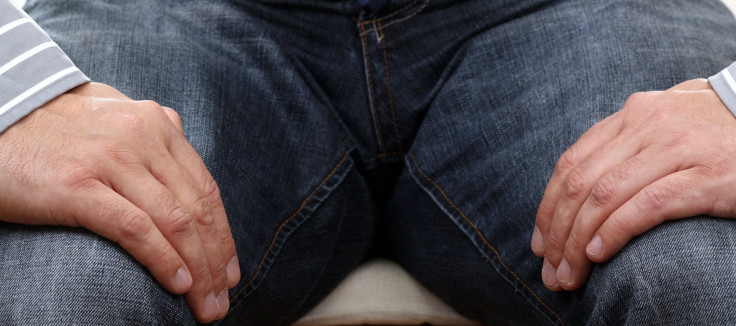Forensic Science Update: Microbes May Help Link A Predator To A Sexual Assault In The Absence Of DNA Evidence

DNA profiling has become increasingly popular since this type of genetic evidence first helped convict a criminal over 25 years ago. Sadly, many “smart” sexual predators now use condoms, which they carry away with them after they assault their victim, and so they leave behind no valuable evidence of this kind. A new study suggests there may be a scientific alternative. Bacterial communities living on an individual's pubic hairs could be used as a microbial ‘signature’ to trace a predator’s involvement in a sexual assault crime.
“The implication of this present study is that the transfer of bacteria between victim and offender, in rape cases, may provide a new way of linking the offender to the victim, in instances in which no human DNA is transferred," said Dr. Silvana Tridico from Murdoch University, Australia, lead author of the study.
Microbial Profile
As unappealing as it may sound, microbial communities live and thrive in different areas of our bodies. Our intestinal tracts, for instance, are filled with gut microbiota, which help us digest our food, while our skin contains its own set of bacteria and fungi, which help protect us from infection. Though we share some microbes with our closest friends and neighbors, significant differences exist between your personal community of microbes, say, and that of your co-worker. Using DNA and other technologies, in fact, a scientist could establish a unique bacterial profile for any given person.
For the current study, Murdoch University scientists hypothesized that hair might be used in forensic investigations. To investigate this premise, the researchers began by enlisting the help of seven individuals (three men and four women, two of whom were a co-habiting couple). Then they collected scalp and pubic hair samples from each of the participants. Next, the researchers analyzed the hair samples to identify microbial DNA, and created a portrait of the microbial communities for each individual. Finally, they repeated this process two months, and then again five months later.
What did the scientists discover? Not only were they able to distinguish individual people based on the bacteria present, they also found that the pubic hair microbiota appeared to be transferred during intercourse. Specifically, the participants’ scalp hair showed fewer distinct varieties of microbes (approximately 50 varieties in male hairs, and 55 in female) and more in common. With pubic hair, however, men had about 73 different varieties of microbes, and women about 76, with each person harboring his or her distinct community. So much so that the researchers believe they could use pubic hair to create a microbial 'signatures' to identify each individual.
Importantly, the pubic hair communities remained individually distinct over the course of the study. However, in one instance, the co-habiting couple's microbiota appeared more similar than previously. Because the couple had intercourse 18 hours prior to the collection, an exchange of microbes most likely occurred. And to the researchers, this suggested a forensic science bonanza!
Source: Tridico SR, Murray DC, Addison J, et al. Metagenomic Analyses of Bacteria on Human Hairs: A qualitative assessment for applications in forensic science. Investigative Genetics. 2014.
Published by Medicaldaily.com



























